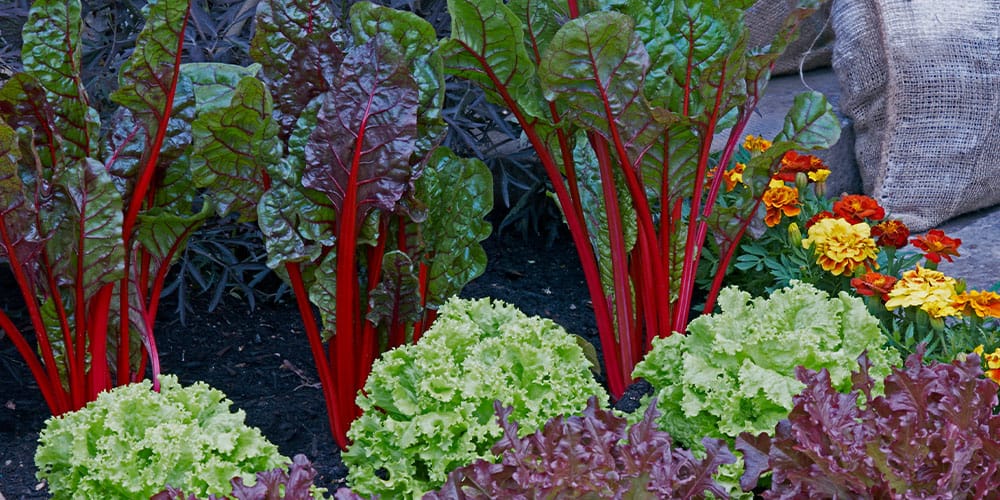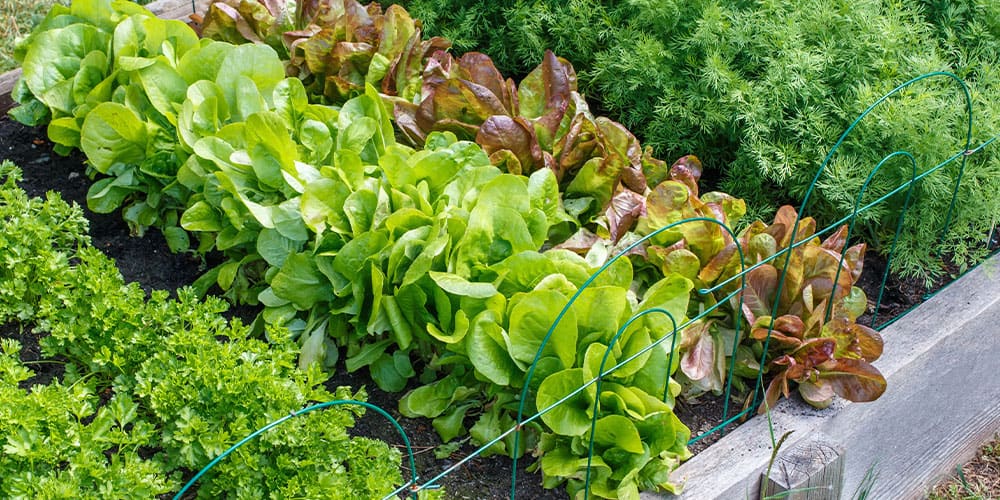Now that summer is well underway, your garden is probably looking pretty good by now. Your tomatoes are turning red, your cucumbers are beginning to proliferate, and your zucchini are almost big enough to harvest. You can see all the hard work you’ve put into your garden beginning to pay off. But so can the pests, who see a feast developing before them. How do you keep these nuisances away?
Cover It Up
If you’d like to protect your garden, a simple solution is to use a plant cover. Plant covers come in a variety of styles and shapes and will protect your gardens from pests and weather. Which you choose depends on what you want to protect, and what you want to protect it from:
- Chicken wire protectors: These frame “houses” are built to protect multiple plants at once. They are easily lifted and used to protect berry bushes and plants like kale, lettuce, etc. from bunnies, deer, gophers, and other creatures that might want a nibble.
- Row covers: These hoops are covered with some kind of fabric to protect plantings from insects and birds and can also be used with heavier material to protect plants from cold weather later in the year, if you wish to extend your growing season.
- Thin fabric will allow for better light penetration, while heavier material will maintain a better temperature inside the hoops and protect your plants from cold weather; you can swap the material as the season progresses.
- Insect mesh is a wonderful screen-like material that will keep insects from being able to munch on your veggies and stalks.
- Shade cloth: This light-blocking, woven cloth is perfect to use in parts of your garden at this time of year. Many plants, like basil, lettuce, and even tomatoes will benefit from this cloth, which will provide shade so your plants don’t burn in the hot July sun. It’s strange to think of the sun as a “pest”, but sometimes your garden needs a break.
Consider a Natural Approach
If covers aren’t your thing, you might want to consider a more holistic approach to deterring pests in your garden. Options include companion gardening, organic and natural solutions, and even raiding your pantry!
Aphids and Slugs
These little creatures are the bane of every gardener’s existence. They are everywhere and eat everything. If you have a problem with aphids and slugs in your garden, you might want to try food grade diatomaceous earth, or DE for short. This off white, odor-free powder can be used in your garden on plants that show signs of damage (it will kill all insects with exoskeletons, even the good ones, so use only when needed. And since it’s a fine powder, it’s a good idea to wear a mask while applying, and reapply the DE after it rains.)
An old farmer’s tale for killing slugs involved burying an open can of beer three quarters of the way and letting the slugs crawl in and drown; there’s some validity to that, as slugs are attracted to the yeast in beer, but it seems a bit passive and inefficient. If you try it, let us know how it works!
Looper worms
These little inchworm-looking worms love to eat cole crops like cabbage, broccoli, lettuce, spinach, peas, and tomatoes. If you find them in your garden, you can get rid of them by mixing three teaspoons of cayenne pepper into one quart of water in a spray bottle. Apply to the leaves, stems, and the ground around each of your affected plants.
Companion Planting
One tried and true method of keeping pests out of your garden is to plant companion plants, that is, planting plants near each other to benefit one plant or both. Common companion plantings include:
- Planting petunias near potatoes and beans to keep potato beetles away.
- Tansy, once an immensely popular New England flower, helps to keep aphids and ants at bay. Plant tansy near cucumbers and squash.
- Catnip planted near zucchini and cucumbers will eliminate cucumber beetles and will make your garden a popular cat hangout!
- Marigolds are a great addition to any garden and are great companion plants to any vegetable, most especially tomatoes. They repel the nematodes that attack tomato plant roots.
- Chrysanthemums will keep out a variety of bugs and are a natural repellant of Japanese beetles and ticks.
- Nasturtiums are a must in a garden, as aphids love them. Aphids will flock to nasturtiums and leave the other plants alone.
- Zinnias are wonderful to plant in a vegetable garden, as they are favorites of ladybugs. Ladybugs love to eat pests like cabbage flies and aphids.
- If you have fruit trees, it’s a good idea to plant alliums like onions or garlic around the base of it. This may prevent borers from drilling into the base of the tree, thereby destroying it.
- Basil and tomatoes just don’t go together in a caprese salad. When planting next to each other in a garden, the basil will protect the tomato plant from whiteflies, aphids, and tomato hookworm. Basil will also help the flavor profile of tomatoes, and the tomato leaves help provide a great growing environment for basil by providing shade and moisture for its tender leaves. True companions for sure!
We’ve helped many gardeners keep their gardens healthy and thriving, and we’d love to help you with yours. Come visit us at our Garden Center, give us a call at at 603.707.0630 or email us and we’ll be happy to help you with garden issues or questions you may have.



